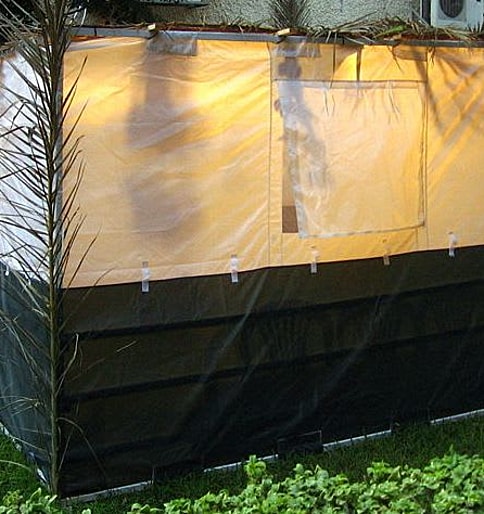The Yom Kippur War: An American Volunteer Remembers
It was Yom Kippur, October 6th, 1973, when we first heard the news: Egypt and Syria had attacked Israel, unprovoked and without warning. Before we even broke our fast, we tuned in to the news on TV that night. We learned that Egypt had crossed the Suez Canal

